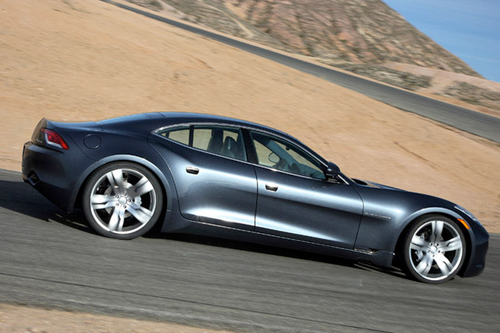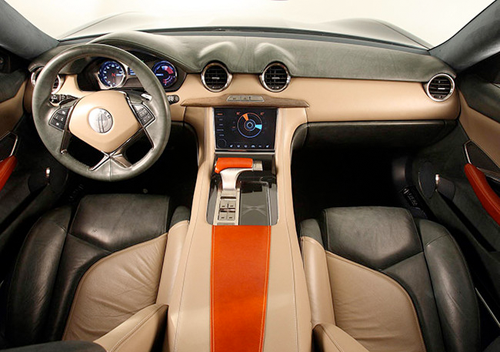Fiskar Karma. Ready to go plug-ins.
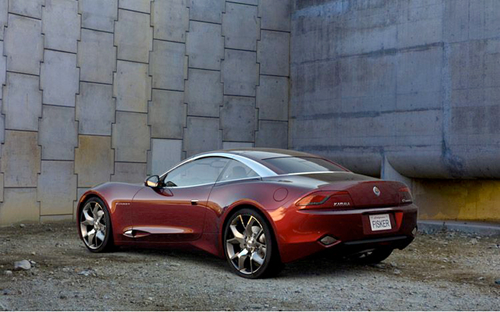
While we wait for “plug-in” Volt and Prius to arrive in 2010 there are two exotic automakers ready to go. Tesla ( $128,000 USD two-seater ) and Karma ( $87,900 USD ) Let’s look at Karma.

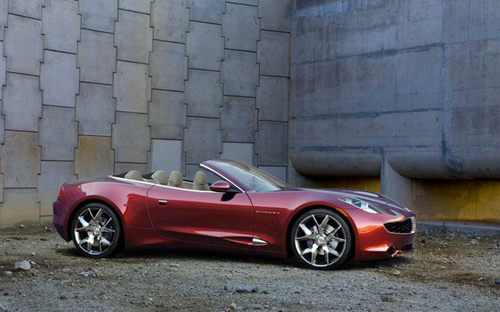
above: The Karma S — for Sunset — concept that debuted at the Detroit auto show shares its gas-electric drivetrain with the Karma sedan but wraps it in an even sleeker two-door body that could see production within two years.
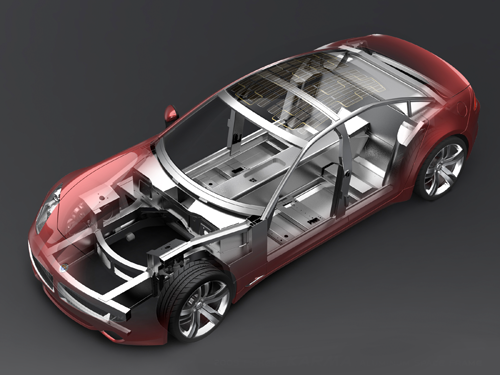
above: A rooftop solar panel on the sedan comprised of 80 cells divided into four zones. Output is 130 watts, and it helps charge the battery and, when the car is parked, keep the interior cool.
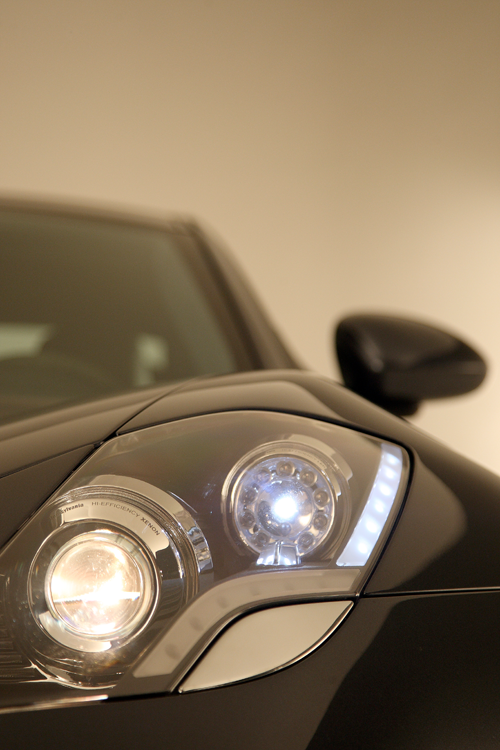
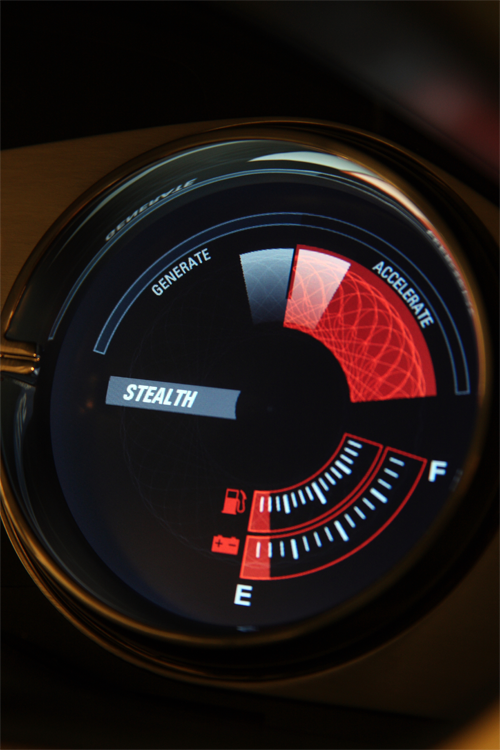
“The Karma’s material philosophy balances sensuality and accountability,” Fisker says. “We have gone to great lengths to use only environmentally conscious, classic automotive materials that support a commitment to our eco initiatives.”
Under the skin, the 4-door and 2-door cars use the same gas-electric drivetrain, which Fisker calls Q-Drive, developed with help from Quantum Technologies. The Karma will work much like the Chevrolet Volt, delivering 50 miles of all-electric range before the 2.0-liter turbocharged four-cylinder engine kicks in to drive a generator that will recharge the 22.6-kilowatt-hour lithium-ion battery and provide juice to keep the car moving. A rooftop solar panel on the sedan comprised of 80 cells divided into four zones. Output is 130 watts, and it helps charge the battery and, when the car is parked, keep the interior cool. Toyota’s got something similar on the 2010 Prius it unveiled a few hours before the Karma S broke cover.
Beneath the car’s aluminum-and-composite body lies an aluminum spaceframe chassis that cradles two electric motors that together produce 300 kW (408 horsepower) and a stunning 959 foot-pounds of torque. Fisker claims the sedan, which weighs 4,650 pounds, will do zero to 60 in 5.8 seconds. Top speed is limited to 125 mph.
Although the Karma’s electric drivetrain is a proprietary system designed in conjunction with Quantum Technologies, the engine, air-conditioning system, steering column and other “bits and baubles” were pulled from the GM parts bin, says Fisker spokesman Russell Datz.
Fisker may be getting help from GM, but, like Tesla Motors, he’s bringing a new business model to the auto industry.
His company isn’t financed by stockholders or government loans, but by venture capitalists, including the powerhouse firm of Kleiner, Perkins Caufield & Byers. It is outsourcing much of the work to top-tier suppliers like Edag Engineering and Magna Intier, and the cars will be assembled by Valmet, the Finnish firm that builds cars for Porsche. Fisker Automotive bought a big share of Advanced Lithium Power, so it’s got a battery supplier lined up.
Still, Fisker still has to get its car certified by the feds — an arduous task that some industry insiders doubt it will complete before the end of the year, particularly since we haven’t seen running cars. It also has to establish a dealer network, but Fisker says 40 dealers will be up-and-running by year’s end. Some seasoned industry watchers say Fisker undoubtedly will get his cars built, but they aren’t betting he’ll do it by the end of the year.
The convertible added just 15 percent to the cost of building the sedan, which carries a retail price starting at $87,900. Another $18,599 gets you the “Eco-Chic” model, which has an interior free of all animal products, with woodwork made from submerged logs (no clearcutting required).
Fisker says he’s received orders for 1,300 vehicles, and he tells The New York Times his company would turn a profit if it sold 4,000 cars annually. The goal, he says, is to sell 15,000 worldwide each year.
Specification:
All electric with range extender (Q-Drive)
Dual mode option: power mode and stealth mode
0-60: under 6 seconds
Top speed: 125 mph
4-door
22 inch wheels
Producer: Karma by Fiskar




